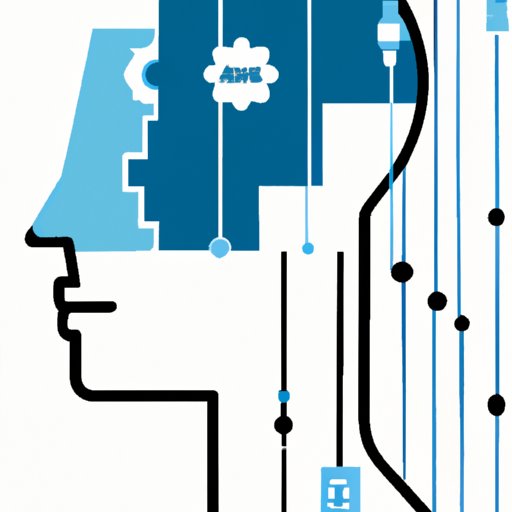Introduction
Strong AI, also known as Artificial General Intelligence (AGI), is a type of artificial intelligence that can think, reason, and act in a manner similar to humans. It is capable of learning from experience, making decisions, and solving complex problems without human intervention. Strong AI has the potential to revolutionize many aspects of our lives, from medicine to transportation, and even entertainment. This article will explore the history of strong AI, how it works, and the challenges that must be addressed for it to reach its full potential.

A History of Strong AI
The development of strong AI began in the 1950s with the work of British computer scientist Alan Turing. Turing developed the Turing test, a method of determining whether a computer is able to think and behave like a human. Since then, there have been numerous advancements in the field of AI, including the development of machine learning algorithms and deep learning networks. In recent years, AI has become increasingly sophisticated, allowing machines to achieve results that were once thought impossible.
The Rise of Strong AI
As strong AI continues to evolve, its impact on society is becoming more pronounced. According to a study by McKinsey Global Institute, AI could add $13 trillion to global GDP by 2030. AI is being used in a variety of fields, from healthcare to finance, and is transforming the way we interact with technology. For example, AI-powered chatbots are replacing customer service representatives, while autonomous vehicles are beginning to take over roads and highways.
What is Strong AI?
Strong AI is an advanced form of artificial intelligence that is capable of performing tasks that would otherwise require human intelligence. AI techniques such as machine learning and deep learning are used to develop algorithms that can learn from data and make decisions without human intervention. In addition to machine learning, other techniques such as natural language processing and computer vision are used to create intelligent agents that can interact with their environment. By combining these techniques, strong AI can process large amounts of data and make decisions quickly and accurately.
How Does Strong AI Work?
Strong AI relies on a variety of techniques to achieve its goals. These include machine learning, deep learning, natural language processing, computer vision, and robotics. Machine learning algorithms are used to analyze large amounts of data and identify patterns that can be used to make predictions or decisions. Deep learning networks use neural networks to learn from data and improve their performance over time. Natural language processing enables machines to understand human speech and interact with humans in a natural way. Computer vision allows machines to interpret images and videos, while robotics enables machines to interact with their environment.
Challenges Facing Strong AI
Despite the advancements made in AI, there are still many challenges that must be addressed before strong AI can reach its full potential. One of the biggest challenges is identifying the limitations of current AI technologies. For example, AI systems may be able to recognize objects, but they may not be able to accurately predict future events or identify subtle nuances in human behavior. Additionally, AI systems are prone to bias, which can lead to inaccurate or unfair decisions. Finally, AI systems may struggle to adapt to changing environments or unforeseen events. Overcoming these obstacles is essential for strong AI to reach its full potential.
Conclusion
Strong AI is an advanced form of artificial intelligence that has the potential to revolutionize many aspects of our lives. It is being used in a variety of fields, from healthcare to finance, and is transforming the way we interact with technology. However, there are still many challenges that must be addressed before strong AI can reach its full potential. Identifying the limitations of current AI technologies, overcoming biases, and adapting to changing environments are all essential for strong AI to reach its full potential.
(Note: Is this article not meeting your expectations? Do you have knowledge or insights to share? Unlock new opportunities and expand your reach by joining our authors team. Click Registration to join us and share your expertise with our readers.)
